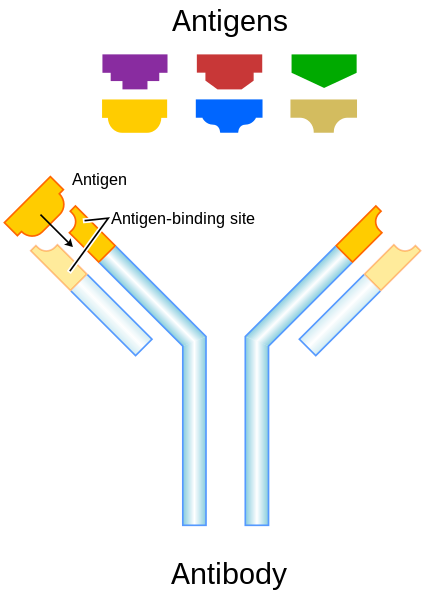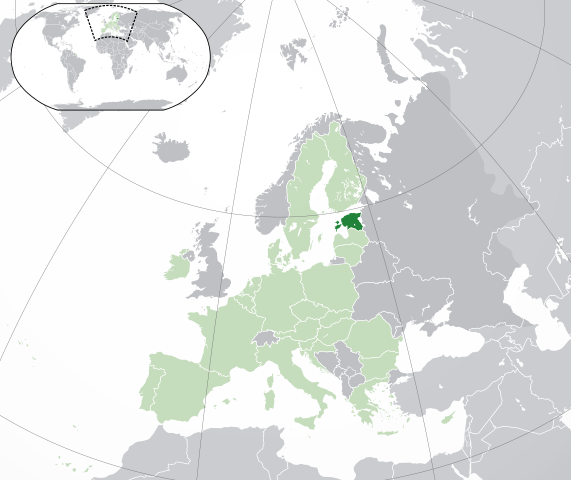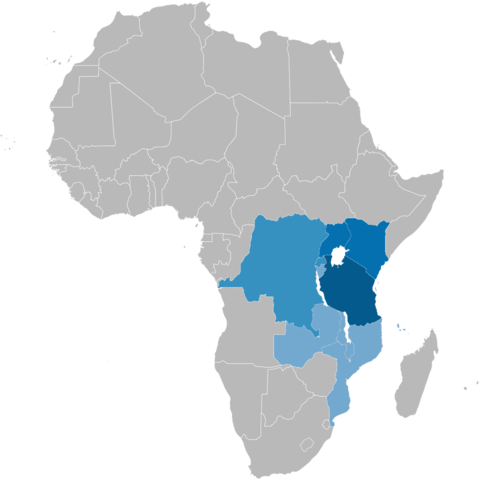We've learned a whole lot about
Cats! From the wild tigers and lions to the tabby, calico and
Ojos Azules house cats.
Let's learn about
Primates!
There are a lot of animals that are primates, like gorillas, monkeys.
Humans are also primates, which means gorillas and monkeys are like our cousins!
Obviously humans look and act different and are a lot smarter, but there are also a lot of things that humans have the same with other primates.
All primates have big brains, good eyes, can see in color, and can move around their arms and shoulders better than other animals.
Some are very big, like gorillas weighing over 400 pounds, and some are very small like small lemurs weighing less than a pound.
Primates are different than a lot of other animals, because they can walk on two legs, and can easily climb trees.
They like to live together with their families, so they do not like to live alone like a tiger.
Only humans can make enough sounds to make words like they do, but some chimpanzees and gorillas have learned to use some words in sign language!
Humans are the smartest living things on the planet, so it's no surprise that some other primates that have brains and bodies a lot like ours are pretty smart too.

(from: wikipedia -
primate)
Kid Facts - Blast from the past: Jellyfish Ephyra











